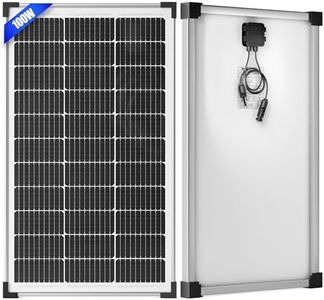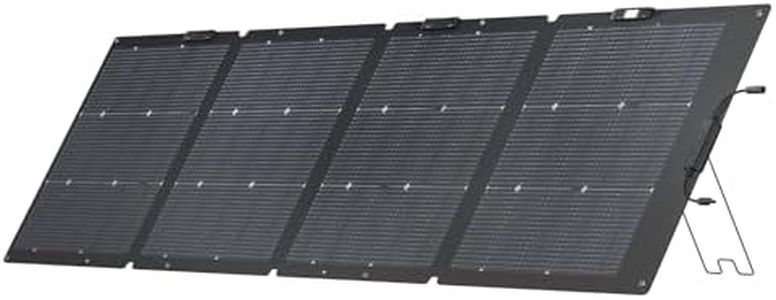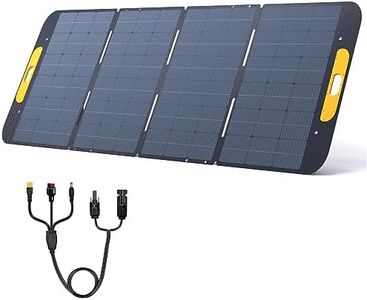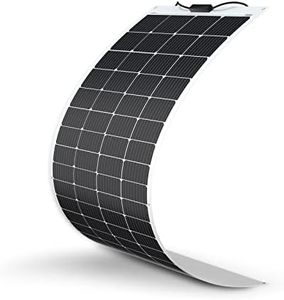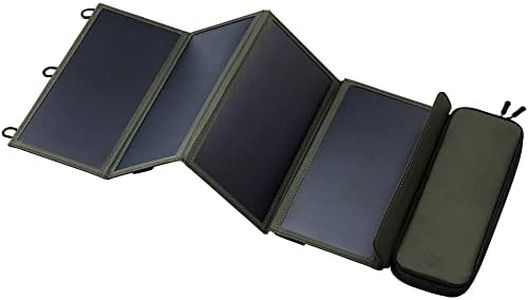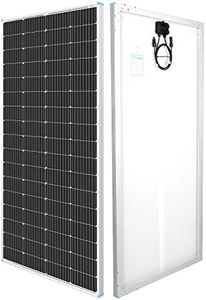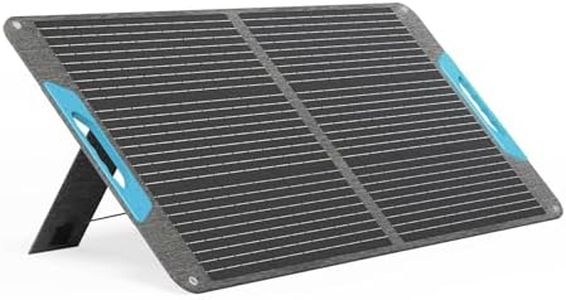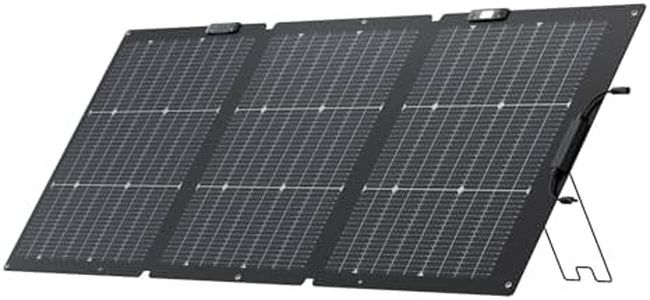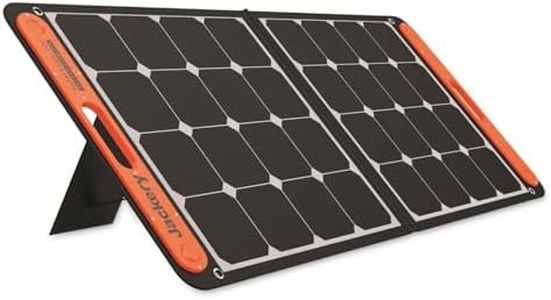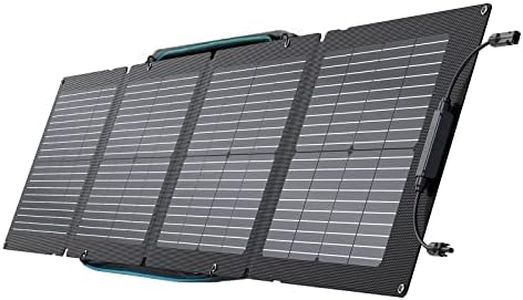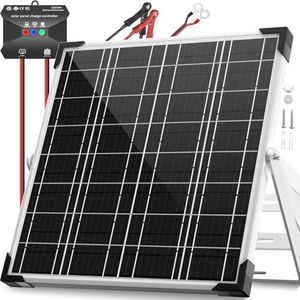We Use CookiesWe use cookies to enhance the security, performance,
functionality and for analytical and promotional activities. By continuing to browse this site you
are agreeing to our privacy policy
10 Best Solar Panels
From leading brands and best sellers available on the web.By clicking on a link to a third party's website, log data is shared with that third party.
Buying Guide for the Best Solar Panels
Choosing the right solar panels is a smart decision for anyone looking to save on energy bills, reduce their carbon footprint, or gain some energy independence. To make the best choice, you should understand the key factors that affect how a panel will perform in your specific situation. This means thinking about your roof space, how much electricity you use, and how long you plan to stay in your current home. Evaluating the specifications below will help you make an informed decision that aligns with your needs.Wattage (Output Power)Wattage tells you how much electricity the panel can generate under standard conditions. It's measured in watts (W). This is important because it directly affects how much energy your system will provide and, therefore, how much of your household needs can be covered by the setup. Panels typically range from around 250W to 450W. Lower wattage panels may be cheaper but require more space to meet higher energy needs. Higher wattage panels are more space-efficient—for homes with limited roof space or higher energy usage, going for panels near the top of this range makes sense.
EfficiencyEfficiency refers to how well a solar panel converts sunlight into usable electricity, expressed as a percentage. Higher efficiency means you get more power from the same amount of sunlight. Panels often fall between 15% and 23% efficiency. If you have plenty of roof space, efficiency might be less critical, but if space is limited or you want to maximize output, choose panels with higher efficiency values.
Panel Type (Monocrystalline, Polycrystalline, Thin-Film)Solar panels come in a few major types: monocrystalline, polycrystalline, and thin-film. Monocrystalline panels are known for their higher efficiency and sleek appearance; polycrystalline panels are generally a bit less efficient but cost less; thin-film panels are lightweight and flexible, but less efficient and more space-demanding. Your choice should be guided by space constraints, performance expectations, and any weight or design limits for your installation area.
Temperature CoefficientThe temperature coefficient tells you how much a panel's performance drops as it gets hotter. It's given as a percentage loss per degree Celsius over 25°C (77°F). Lower (more negative) coefficients mean better performance in hot environments. If you live in a hot or sunny climate, choosing a panel with a lower temperature coefficient ensures you lose less power during the hottest parts of the day.
Durability and WarrantyThe durability of a panel is crucial because solar panels are a long-term investment, often expected to last 25 years or more. This is usually reflected in the warranty periods, which commonly range between 10 and 25 years for performance and product quality. Longer warranties typically suggest better quality and longer reliable operation. If you want peace of mind and minimal maintenance, look for panels with extensive warranties and a reputation for durability.
Size and WeightThe size and weight of solar panels affect how many panels you can fit and whether your roof structure can support them. Panels come in different physical sizes, with larger panels producing more energy. Always check your available space and roof strength so you can pick panels that fit without putting too much stress on your building. For small or delicate roofs, choose panels that are lighter and compact.
